
 Home
Home



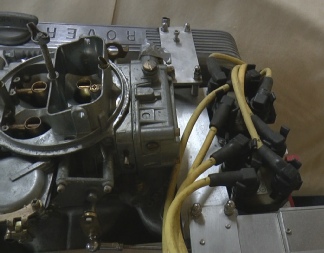
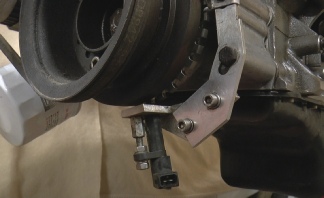
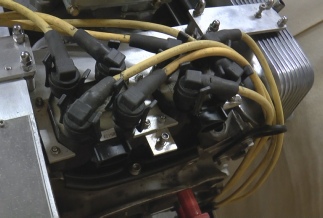
This is an open source system developed by Ford some time ago now which uses smart ignition coil amplifiers (EDIS system) used by cars in the nineties mainly (I think). These use the lost spark system which essentially shares a coil between two engine cylinders. One plug is connected to one end of the coil high voltage winding, the other plug to the other end so they both fire together. One fires (usefully) at the top of the compression stroke while the other fires in a cylinder at the top of the exhaust stroke and so does not affect anything. The system is distributor-
The name of the system is technically the Megajolt Jnr Lite (I think). The original proposal for the Megajolt was more advanced and never came to pass as far as I am aware. (It is also first cousin to the Megasqirt open source engine management system.)
You used to be able to get the Megajolt unit as a solder-
The other components needed are a sensor and a toothed wheel fixed to the crankshaft so the Megajolt can know when to fire the coils. The Megajolt also needs to be able to judge the engine load (how hard the engine is working). This can be done by measuring the throttle angle (with a throttle potentiometer) or by measuring the vacuum in the inlet manifold. This is the option I favour and to enable this to happen, there is a vacuum sensor in this version of the Megajolt which needs to be connected by a tube to the induction manifold. Software is available to run on a laptop to program the advance curve into the Megajolt.
These are quite easy to fit apart from the trigger wheel and sensor and in my experience work very well and very reliably. They are great in my opinion for all cars with distributor ignition if you don’t mind the lack of originality.
Programming is very straightforward as there are not many variables involved (and to be quite honest, Rover V8 doesn’t exhibit a hair-
Also there may be problems triggering original electronic rev counters (see later).
EDIS units still seem to be readily available secondhand and are made for 4, 6 and 8 cylinder engines.
You probably need to keep the original distributor as it often incorporates a camshaft or oil pump drive -
It’s possible to cut the top off the distributor, just keeping the gears and bearings for the oil pump drive but then you lose the option to swap back to the original system at a moments notice -

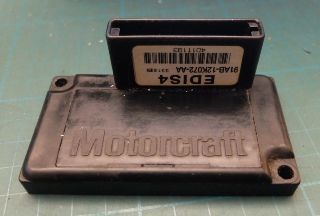
Megajolt programmable ignition system
Coil packs. 2 coils per pack, 2 packs for V8 (TR7)
Sensor detects trigger wheel teeth.
One tooth is cut off which allows the
Megajolt to know the crankshaft position (TR7).
EDIS 4 unit (for 4 cylinders) EDIS 8 for V8!
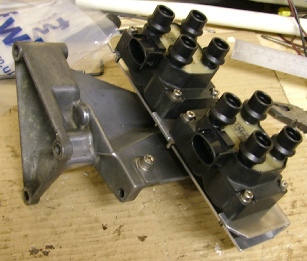
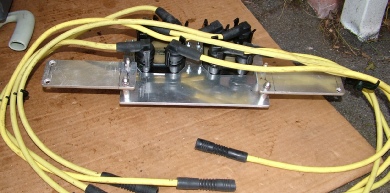
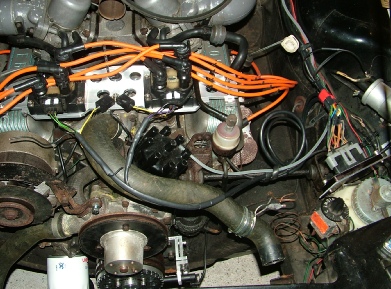
Coil mounting brackets on my TR7 go between the heads at the rear of the engine.
Coil mount brackets on my P6 went between the heads at the front of the engine.
Coils are mounted on the alternator mount on my SD1.
Edis unit.
